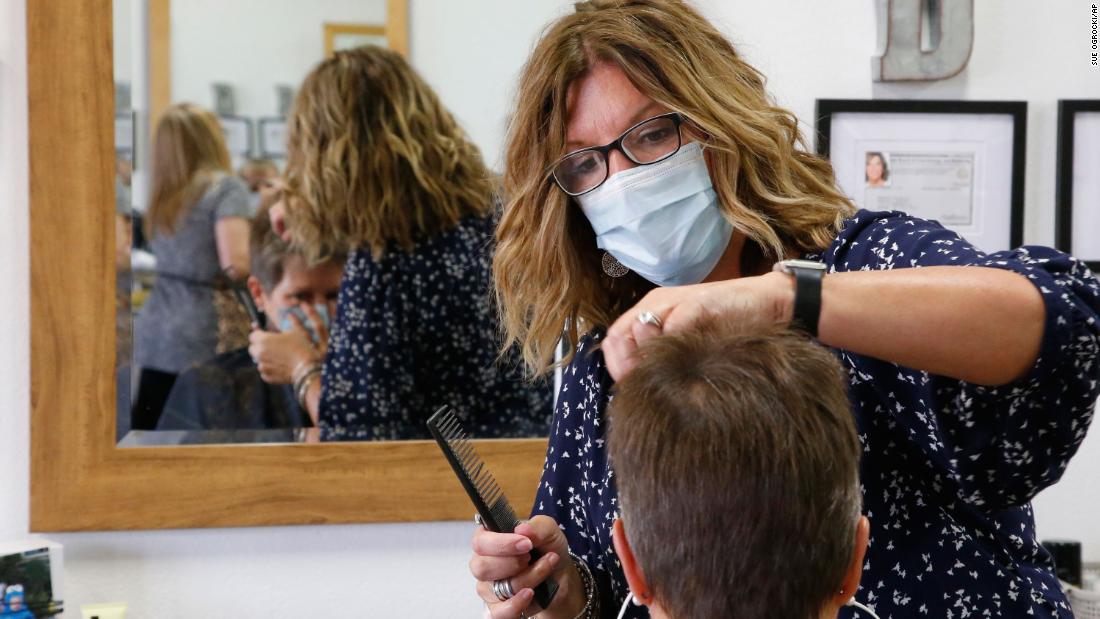[ad_1]
But don’t be fooled: The numbers of new cases and deaths shortly after a state’s reopening aren’t reflective of those loosened restrictions. In fact, it takes several weeks for the effects of reopenings to emerge.
“After displaying symptoms, it will still take a few days for the symptoms to worsen enough for the person to get tested. The test results can take a few days to get reported. At each stage, there’s a lag time.”
For those who succumb to Covid-19, “around three weeks is the average time between infection to death,” said Gu, citing studies from Italy and China.
“But it’s a wide range. It can vary from a week or two (to) many weeks, if you’re on a ventilator.”
Progress made could become progress lost
It would be smart for states to meet those guidelines first, said infectious disease expert Dr. Carlos del Rio, a professor of medicine and global health at Emory University.
“It’s like having a peeing section in a swimming pool,” del Rio said. “All the time, we’re crossing state lines.”
What we can learn from other places that reopened
With the weekslong gap between reopenings and results, “you don’t want to rush the reopening because by the time you realize what’s happened, it’ll be too late to reverse the decision,” Gu said.
After officials reopened Japan’s second-largest island, Hokkaido, “they had to shut down again three weeks later because of the increase in cases,” Gu said. “That became apparent only after three weeks.”
Some US states might also have to shut down for a second time, Gu said.
“It depends on how states handle it. Some are doing it more carefully than others,” Gu said. “The ultimate goal is the to keep the basic reproduction number under 1.”
The basic reproduction number — also known as the R value — represents how many people each infected person will likely infect, on average.
An R value under 1 means fewer and fewer people will get infected, and the virus starts fading away. But an R value of more than 1 means the epidemic will get worse, spreading exponentially.
Before mitigation efforts like stay-at-home orders, scientists estimated the R values for coronavirus were between 2 and 3, on average. But after restrictions, those numbers started to decrease.
Could the numbers get better after states reopen?
“It’s definitely possible,” Gu said. “If a state can keep their R level below 1, their numbers will continue to decrease.”
But that was when most states were under stay-at-home restrictions. And even in states that didn’t have orders, many residents practiced social distancing, Gu said.
What happens next will likely depend on how rapidly the virus was spreading in a state before it reopened.
“If your R value is 0.95, it’s unlikely you can maintain a value of under 1 after you reopen,” Gu said.
But states with lower R values have more leeway — even if more people get exposed to the virus in public.
“If you go from 0.8 to 0.9, you’re still going to decrease” the overall spread, Gu said.
Each person can also help control the outcomes as states start to reopen.
[ad_2]
Source link



